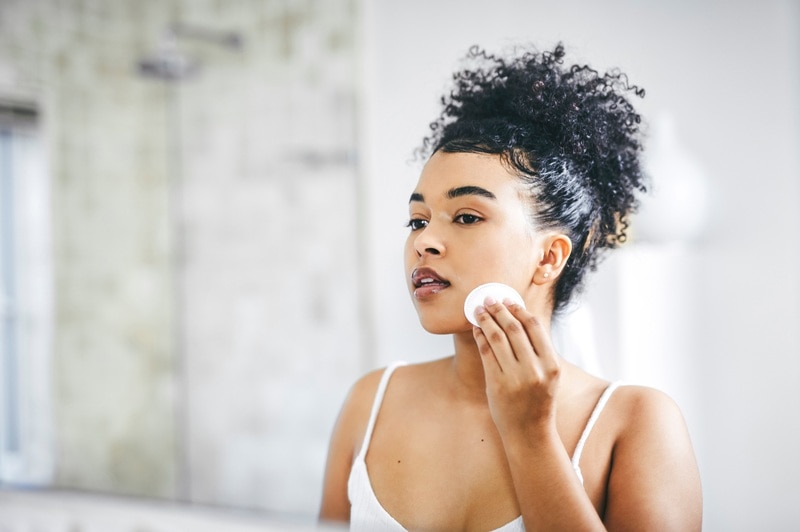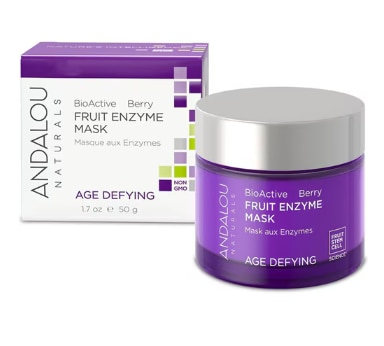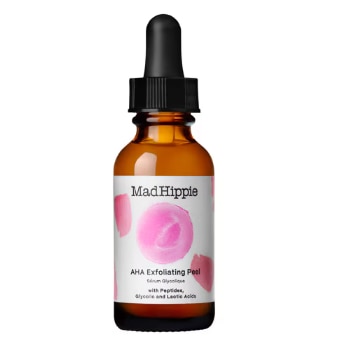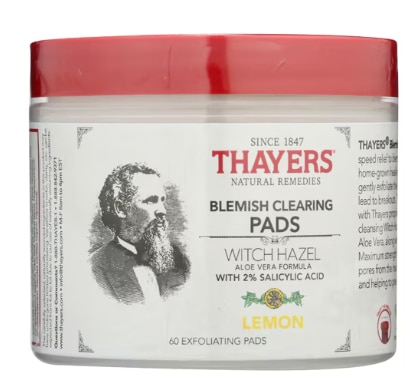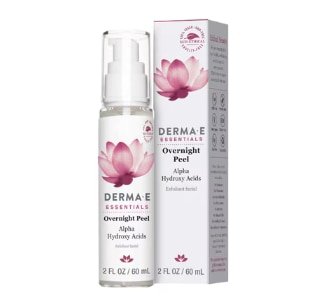After months of sitting in air conditioning mixed with more than the usual outdoor sun exposure, tanning sprays and sunscreen, your skin may feel in need of a deep cleaning and some brightening. Time to reach for an exfoliator! As longer nights and shorter days approach, exfoliation may be just what you need to help rescue your skin.
Chemical Exfoliation: Why Fall Is a Good Time to Start
Recover from summer’s sun damage
Research has long confirmed that prolonged sun exposure causes premature skin aging by breaking down collagen and elastin, which are essential for skin structure and elasticity. UV radiation also causes oxidative stress and DNA damage, leading to wrinkles, pigmentation changes and rougher skin texture. However, exfoliating can effectively address these concerns by helping to remove that outer layer of dead, sun-damaged skin cells.
Transition gracefully to fall
Changes in ambient humidity and temperatures can wreak havoc on your skin. “We have hot days and cold nights which is great for sleeping and well-being, however for our skin, the outer layer seems to be drier,” explains Spela Hernandez-Spalina, a licensed esthetician based in Southern California. “People coming in for treatments are complaining about dryness so it’s very important to understand that whenever you feel dry you have to exfoliate.”
Prepare for winter
Exfoliation can also kickstart your skincare routine for the upcoming winter months. “The way you exfoliate will affect the penetration of other serums [and] products that you’re applying to your skin,” says Hernandez-Spalina. That’s because the removal of dead skin cells allows your skincare products to penetrate deeper and work more effectively. This means that your moisturizers, serums and treatments will be able to nourish and hydrate your skin on a whole new level.
How Does Exfoliation Work? Here’s a Breakdown of the Chemical Types
So what kind of exfoliants should you use and how often should you use them? Take a look below and let this be your guide to looking gorgeous by the holiday season!
Enzymes
Derived from fruits and vegetables like pumpkin, papaya and pineapple, these enzymes target and dissolve the proteins that bind dead skin cells together, without irritating healthy cells. This process improves skin texture and tone, while also offering antioxidant benefits and helping to prevent clogged pores. “My favorite way to exfoliate is to apply enzymes,” Ms. Hernandez-Spalina admits. “[They] eat up the dead skin cells skin and give you a fresh look.”
Try this: Andalou Naturals’ BioActive Berry Fruit Enzyme Mask incorporates fruit stem cells, resveratrol CoQ10, a patented bioactive berry complex to help support healthy skin cells and fruit enzymes that gently dissolve dull, dry surface cells to reveal fresh luminous skin cells beneath.
Alpha Hydroxy Acids (AHAs)
Alpha Hydroxy Acids are water-soluble acids that can break down the bonds between dead skin cells, making them easier to remove. They include malic acid from apples, citric acid, tartaric acid from grapes and mandelic acid from bitter almonds. The two most famous and perhaps most effective are glycolic acid (derived from sugar cane), which offers deeper penetration for more resilient skin types and lactic acid (from milk) which provides gentler exfoliation with added moisturizing benefits, making it a better choice for sensitive or dry skin.
Try this: Mad Hippie’s AHA Exfoliating Peel delivers a potent blend of both glycolic and lactic acids plus protective antioxidants through white tea extract. It effectively aids in the reduction of fine lines with the help of apple stem cells and rich peptides that support a strong skin barrier.
Beta Hydroxy Acids (BHAs)
The most common type of Beta Hydroxy Acid is salicylic acid, an oil-soluble exfoliant that penetrates pores to treat acne and inflammation, making it effective for oily and acne-prone skin. Other, less common BHAs, such as betaine salicylate which is a gentler alternative and willow bark extract – a natural source of salicylic acid, also offer similar exfoliating and anti-inflammatory benefits.
Try this: Thayers’ Witch Hazel Blemish Clearing Pads combines 2% salicylic acid and citric acid to penetrate deep into clogged or inflamed pores, with skin tightening witch hazel and calming aloe vera for a well-balanced exfoliator that can help to clear up your breakouts.
Poly Hydroxy Acids (PHAs)
Poly Hydroxy Acids, such as gluconolactone and lactobionic acid, function similarly to AHAs by dissolving dead skin cells, but they have a larger molecular structure. Because their larger molecules penetrate less deeply and are less irritating, they’re best suited to those with sensitive skin. PHAs are also less likely to increase sun sensitivity compared to AHAs, which makes them a great exfoliant all year round.
Try this: Derma E Essentials’ Overnight Peel combines the potency of glycolic acid with gentler fruit enzymes as well as lactobionic acid to create a powerful trio that will reveal dramatically fresher, newer skin overnight.
How Often Can You Exfoliate Your Skin?
It depends in part on your skin type. Oily and acne-prone skin can benefit from it between 2-3 times per week. Normal or combination skin types should exfoliate 1-2 times per week, whereas dry, mature or sensitive skin should consider doing it just once a week or less frequently.
“In order to get the best out of your products, you should be exfoliating every 3 to 4 days,” Hernandez-Spalina explains, “However it’s a fine line because some people over exfoliate. You need to understand that any acids, glycolic, lactic, salicylic – those are all exfoliants, so when you incorporate those kinds of serums into your routine, and then on top of that if you are using enzymes, you have to find a balance that works best for your skin.”
Don’t know when to stop? You are over-exfoliating if your skin is red, irritated, dry, flaky or burning, and products sting when applied. You might also notice increased breakouts, a tight or waxy feeling or enhanced sensitivity to sun and wind. These are all signs your skin’s protective barrier is compromised, so it’s important to stop exfoliating and instead focus on restoring moisture and soothing your skin. “Finding the balance is the key during this time of year to keep your skin supple, hydrated, glowing and healthy,” Hernandez-Spalina states.
Hopefully this guide will help you find the perfect exfoliator for your skin type and get you glowing in no time!

